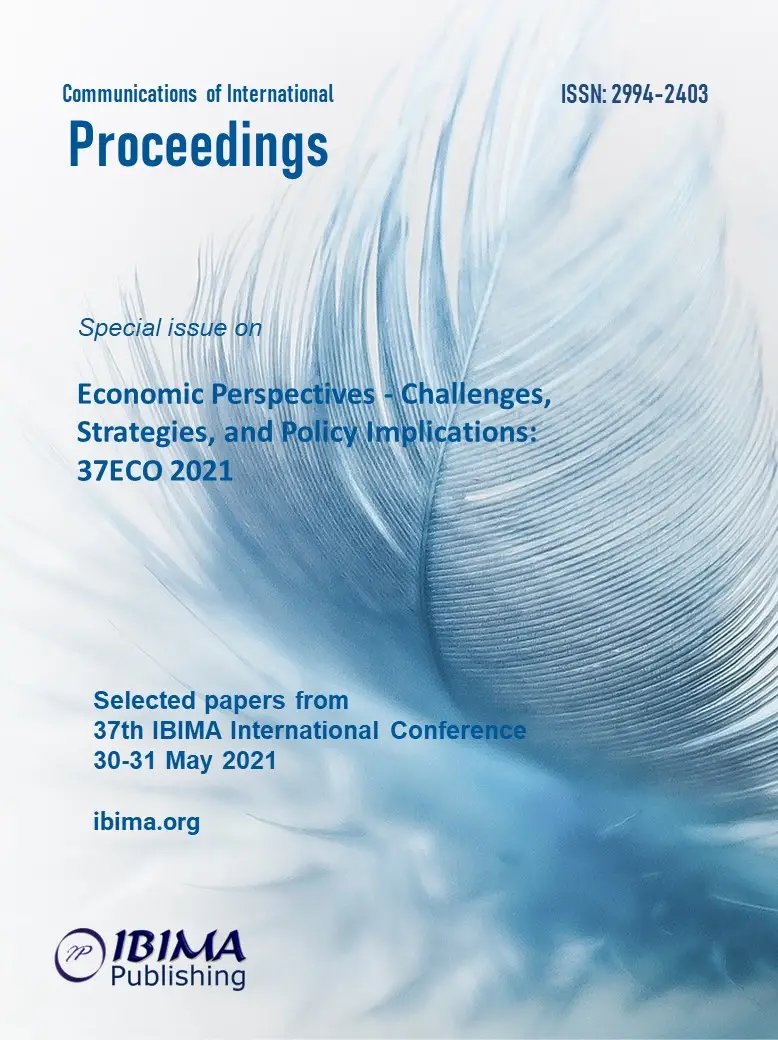
1Irina Aleksandrovna NAZAROVA, 2Valery Maksimovich TUMIN and 2Petr Aleksandrovich KOSTROMIN
1MIREA — Russian Technological University, Russian Federation
2Moscow Polytechnic University, Russian Federation

In order to clarify the sustainable economic development problems in the era of transition to its development’s digital stage, the article examines the economic instability’s key factors in the early twentieth century, which prepared the national crisis’ approach and its “exit” to the world space. Algorithms for the industrial crises’ development at the macro- and micro-levels that lead to changes in the national economy’s structure are analyzed. The key provisions of M.I. Tugan-Baranovsky’s conjunctural theory of money are formulated from the point of view of their influence on the prices formation and the economic development’s cyclical nature. The money’s specific role as a financial resource and a factor that increases inflation in the conditions of the “war economy” is shown. It is shown that the gold demonetization in 1914 led to a change in extraordinary budget revenues: special military loans and taxes were replaced by credit money as the most mobile resource. The article considers the economic nature of the phenomenon of “golden inflation” in the Russian literature of the early twentieth century, which accompanies the military crisis development of 1914-1917.